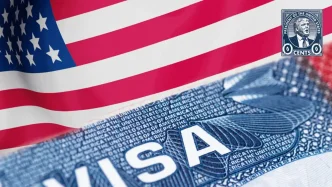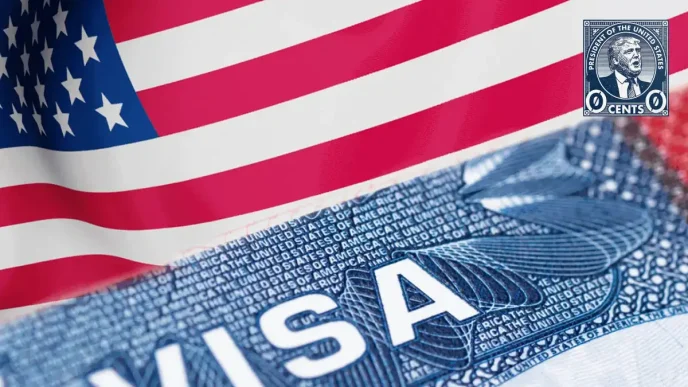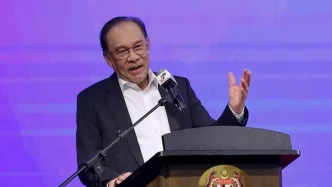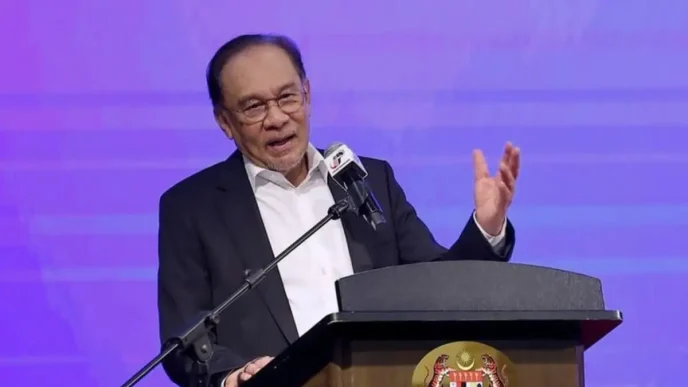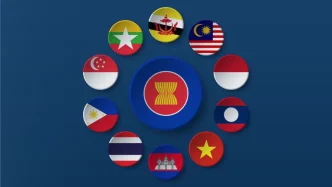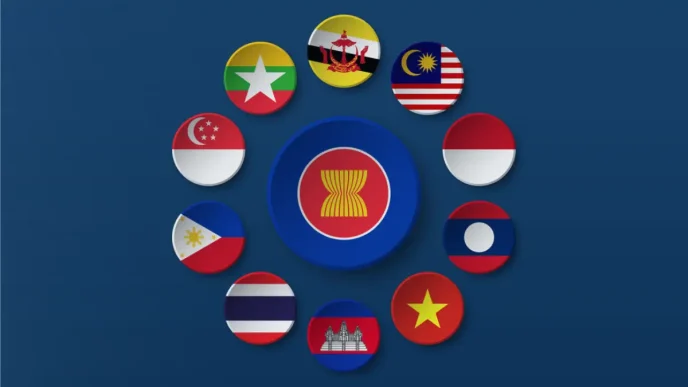Thailand is setting its sights on becoming the “Kitchen of the World,” leveraging its rich culinary heritage as a cornerstone of national soft power. At the World Economic Forum Annual Meeting 2025 in Davos, Switzerland, Thai Prime Minister Paetongtarn Shinawatra underscored the role of Thai cuisine in elevating the country’s global image. Rooted in Thailand’s abundant natural resources, the nation’s food is being positioned not just as a cultural asset but as a driver of economic and diplomatic influence.
This ambition is backed by concrete initiatives, notably the “One Village, One Thai Food Chef” project, which aims to transform rural communities by equipping individuals with professional culinary skills. Launched by the Thai government, the programme seeks to train participants from over 75,000 villages nationwide, turning them into skilled chefs capable of earning additional income and representing Thailand on the world stage. Last year, 1,300 individuals were trained under this initiative, with numbers projected to surge to 17,000 in 2025, 26,786 in 2026, and 30,000 by 2027.
A Recipe for Soft Power
Speaking at the “Amazing Thai Taste to the World” event in Bangkok on 24 February, organised by Thailand’s Public Relations Department, Chef Chumpol Jangprai, an ambassador for Thai cuisine, elaborated on the broader vision behind the project. “This is not just about teaching cooking; it’s about elevating the entire Thai food industry and ensuring its sustainable development,” he said. Chef Chumpol also highlighted the potential for Thai chefs to work abroad, acting as cultural ambassadors who introduce global audiences to the flavours and stories of Thailand.
The numbers already tell a compelling story. According to the Department of Foreign Trade, by the end of 2023, there were 17,478 Thai restaurants operating worldwide, with 6,850 of them in the United States alone. This extensive network of eateries serves as a testament to the global appetite for Thai food, from spicy tom yum soup to fragrant green curry. Yet, the government’s strategy goes beyond merely satisfying taste buds—it aims to cement Thailand’s reputation as a culinary powerhouse, akin to how French or Italian cuisines have shaped perceptions of their respective nations.
The “Kitchen of the World” vision builds on a long-standing narrative of Thai food as a unifying cultural force. With its balance of sweet, sour, salty, and spicy flavours, Thai cuisine reflects the diversity and resilience of the country itself. From street food vendors in Bangkok to high-end restaurants in London, Thai dishes have become synonymous with accessibility and innovation. By training thousands of chefs through initiatives like “One Village, One Thai Food Chef,” the government hopes to sustain this momentum, ensuring that the next generation of culinary talent carries forward this legacy.
Economic and Cultural Impacts
The economic potential of this culinary push is significant. The food industry is a vital sector for Thailand, contributing to both domestic employment and export revenues. By equipping rural villagers with professional skills, the government is not only addressing income inequality but also creating a pipeline of talent for an industry that thrives on authenticity and tradition. A trained chef from a small village could, in theory, open a restaurant abroad or cater to tourists at home, directly boosting local economies.
Moreover, the initiative aligns with broader trends in culinary diplomacy, where food serves as a bridge between nations. Countries like South Korea and Japan have successfully used their cuisines—think kimchi and sushi—as tools of cultural export, fostering goodwill and economic ties. Thailand’s strategy mirrors this approach, with Thai restaurants abroad acting as informal embassies that introduce diners to the country’s history, values, and hospitality. If successful, this could enhance tourism, a sector that already accounts for a substantial portion of Thailand’s GDP, by enticing food enthusiasts to visit the source of their favourite dishes.
There are, however, challenges to consider. Scaling up the “One Village, One Thai Food Chef” programme to tens of thousands of participants will require robust infrastructure, funding, and quality control to ensure that training standards remain high. There is also the question of market saturation—while Thai restaurants are popular globally, an influx of new chefs and eateries could strain demand in certain regions. These concerns, though speculative at this stage, warrant careful monitoring as the initiative progresses.
A Sustainable Future for Thai Cuisine?
Sustainability is another critical dimension of Thailand’s culinary ambition. Chef Chumpol’s emphasis on the “sustainable development” of the food industry hints at a broader goal of preserving traditional practices while adapting to modern demands. This includes sourcing ingredients locally to support farmers and reduce carbon footprints, as well as promoting lesser-known regional dishes to diversify the global perception of Thai food beyond pad thai and massaman curry.
The environmental angle is particularly pertinent given Thailand’s vulnerability to climate change, which threatens agricultural yields and, by extension, the raw materials that define Thai cuisine. Rice, a staple of many dishes, is especially at risk from flooding and drought. If the government can integrate sustainable farming practices into its culinary initiatives—perhaps by training chefs to champion eco-friendly ingredients—it could set a precedent for how cultural diplomacy intersects with environmental stewardship.
At the same time, the cultural implications of this push are profound. Thai cuisine is more than just food; it is a repository of communal knowledge, passed down through generations. By formalising training and encouraging chefs to work abroad, there is a risk, albeit unconfirmed, of diluting this heritage or commercialising it in ways that prioritise profit over authenticity. Balancing global outreach with cultural preservation will be key to ensuring that Thailand’s food remains a genuine reflection of its people.
Global Recognition and Beyond
Prime Minister Paetongtarn’s remarks in Davos signal that Thailand is serious about carving out a unique space in the global cultural landscape. The “Kitchen of the World” moniker is ambitious, but it is grounded in a cuisine that already enjoys widespread acclaim. From Michelin-starred establishments to humble street stalls, Thai food has a versatility that few others can match. The government’s role now is to harness this appeal systematically, turning individual success stories into a cohesive national narrative.
The projected growth of the “One Village, One Thai Food Chef” programme—from 1,300 trainees in 2024 to 30,000 by 2027—demonstrates a long-term commitment to this vision. If even a fraction of these chefs establish themselves internationally, the ripple effects could be immense, fostering greater understanding of Thailand’s culture and boosting sectors like tourism and trade. For now, though, the initiative remains a work in progress, with its ultimate impact yet to be fully realised.
Thailand’s journey to becoming the “Kitchen of the World” is emblematic of a broader trend where nations use soft power to redefine their global standing. Food, as a universal language, offers a uniquely accessible entry point for such efforts. Whether it’s a bowl of khao soi in Chiang Mai or a plate of som tam in Los Angeles, each dish tells a story of Thailand’s past and its aspirations for the future. As the country trains thousands of new chefs and expands its culinary footprint, the world may well come to see Thailand not just as a tourist destination, but as a gastronomic leader in its own right.





